Aleksandr Babarikin, AKA Wrapped.nil talks about his striking street photography series and what influences him.
How did you (wrapped.nil) first develop an interest in photography?
I got into photography three years ago with the purchase of my first camera. It was quite a spontaneous decision and at that time I didn’t have any knowledge about photography. The more I noticed beautiful things around me, whether it be a picturesque landscape or an ordinary moment of life, the more I wanted to take possession of them as if to take them with me. Therefore, the desire to possess reality is what developed my interest in photography in the first place.

Who were your photographic influences and was there a specific body of work that resonated with you?
At first, I didn’t have any particular source of influence in photography, the main inspiration came from Instagram and the artists I found there. I would single out the work of Jack Davison, his body of work changed my perception of photography and became the impulse for immersion in various experiments. Later, I began to look at photography as a medium for creating a work of art, and the main influence came from the art itself.
Do you have visual influences outside of photography?
I have quite a lot of influences outside of photography, probably the main one is painting, in particular French Impressionism. In cinematography, I gravitate toward nostalgic dreamlike visuals, such as films made by Andrei Tarkovsky and Wong Kar-wai. Another important source that has shaped my creative perception is Japanese animation, I think that’s where the surreal, dystopian aspect of my photography comes from.

Your photography conveys a lot of movement. Can you speak a little bit about that, and what you’re exploring?
I think this is an attempt to connect painting and photography, the painter is engaged in constructing things, and at the same time the photographer is engaged in search and disclosure, so photography is the process of finding the well-hidden. In my attempt to combine the elements of search and construction, photography and painting, and movement as a link between them, you kind of construct a new form based on what you find. The result is interesting abstractions, there is no certainty in them, we look at the image and are not sure what is shown and why it was taken, it kind of allows you to experience and see something of your own in it.

How do you know when a photograph “works”?
Is it instinctual?
Basically yes, it’s an intuitive process for me and it’s difficult to single out any criteria, but I think that everything worked out when it more or less corresponded to Art Deco forms: symmetrical, geometric, streamlined, often simple and pleasing to the eye.

Do you have any advice for photographers searching for their own voice?
It’s been said that what’s inside comes outside, so the advice is simple and complex at the same time, explore and express yourself and be honest.

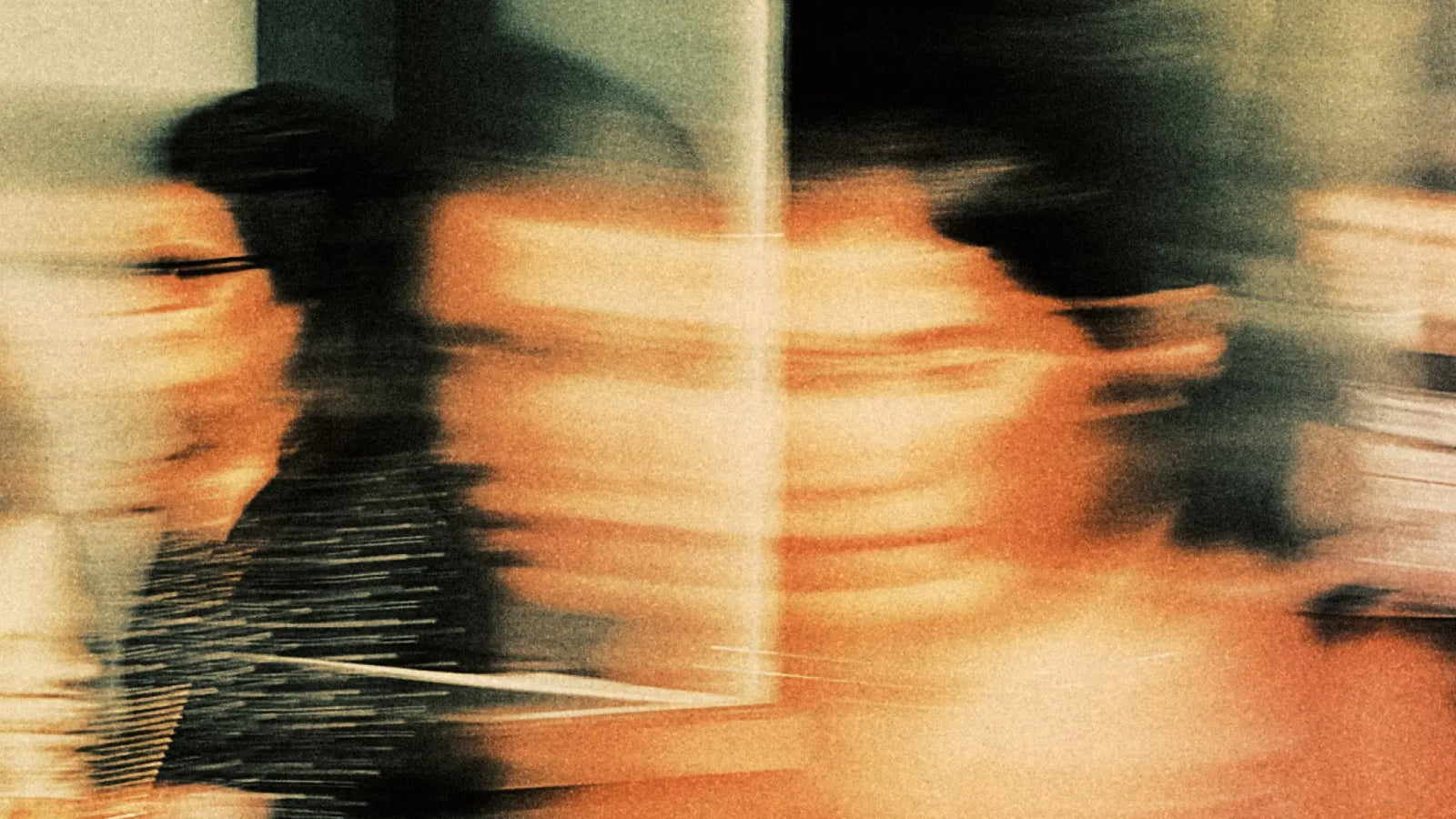
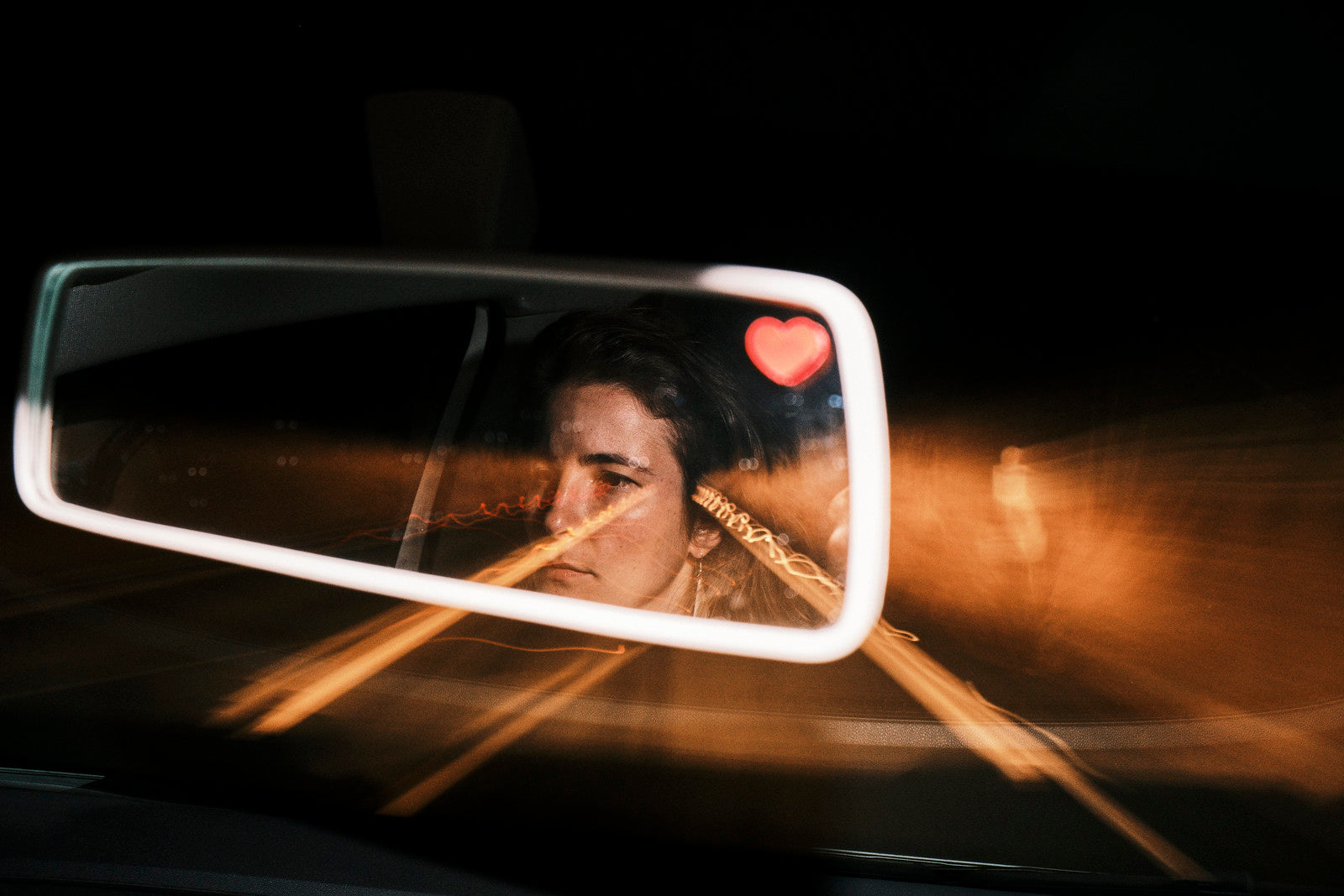
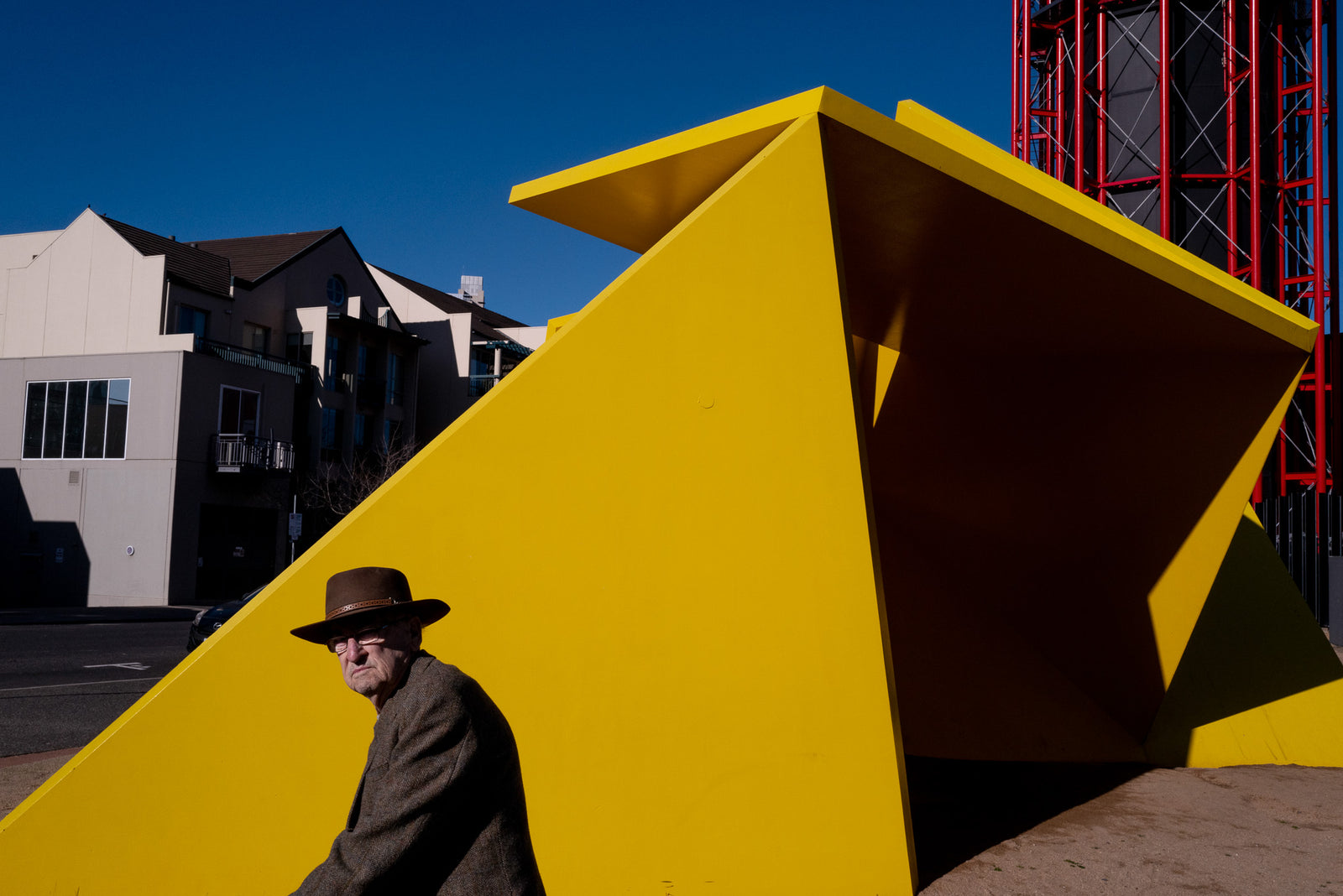
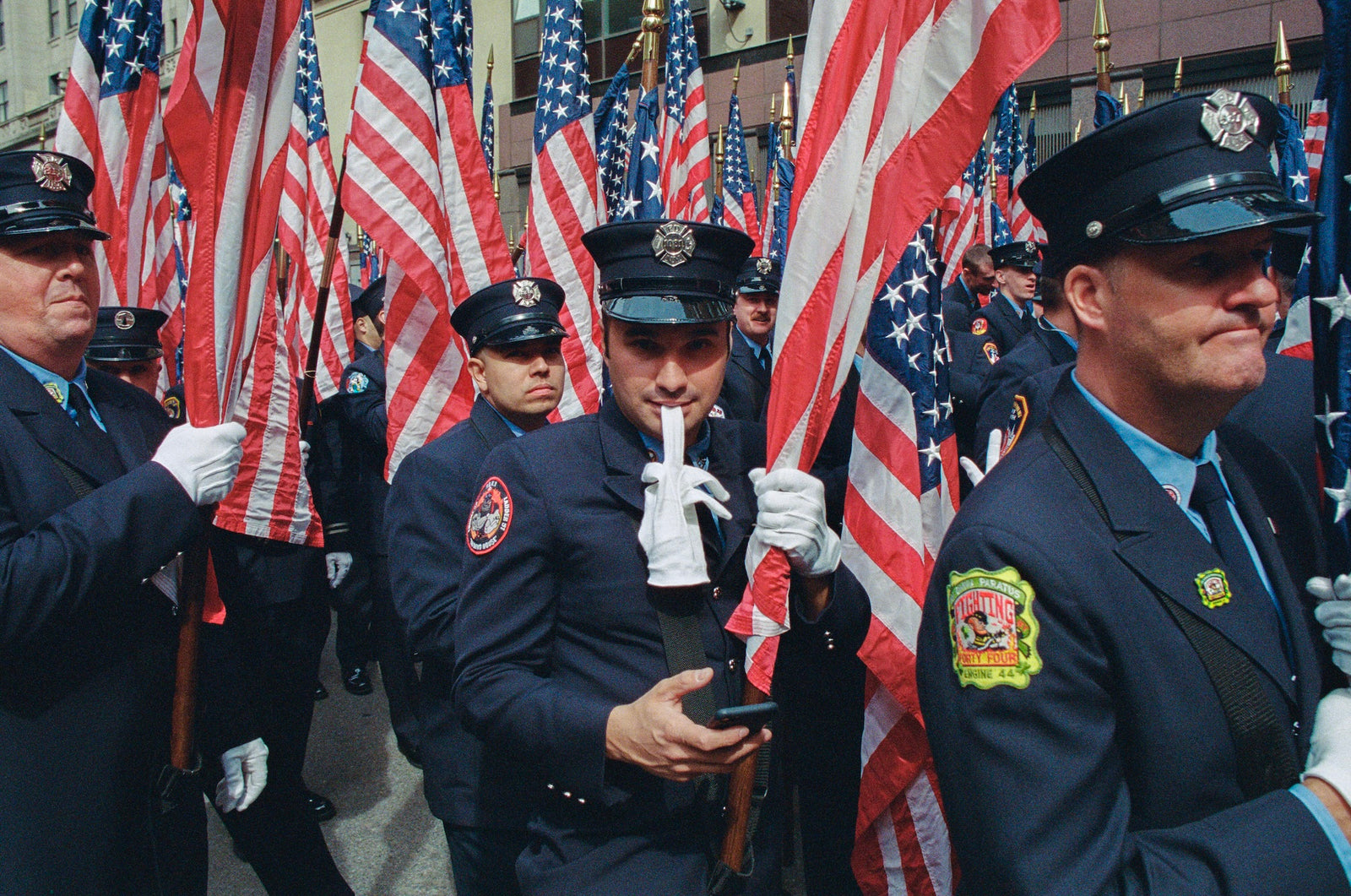


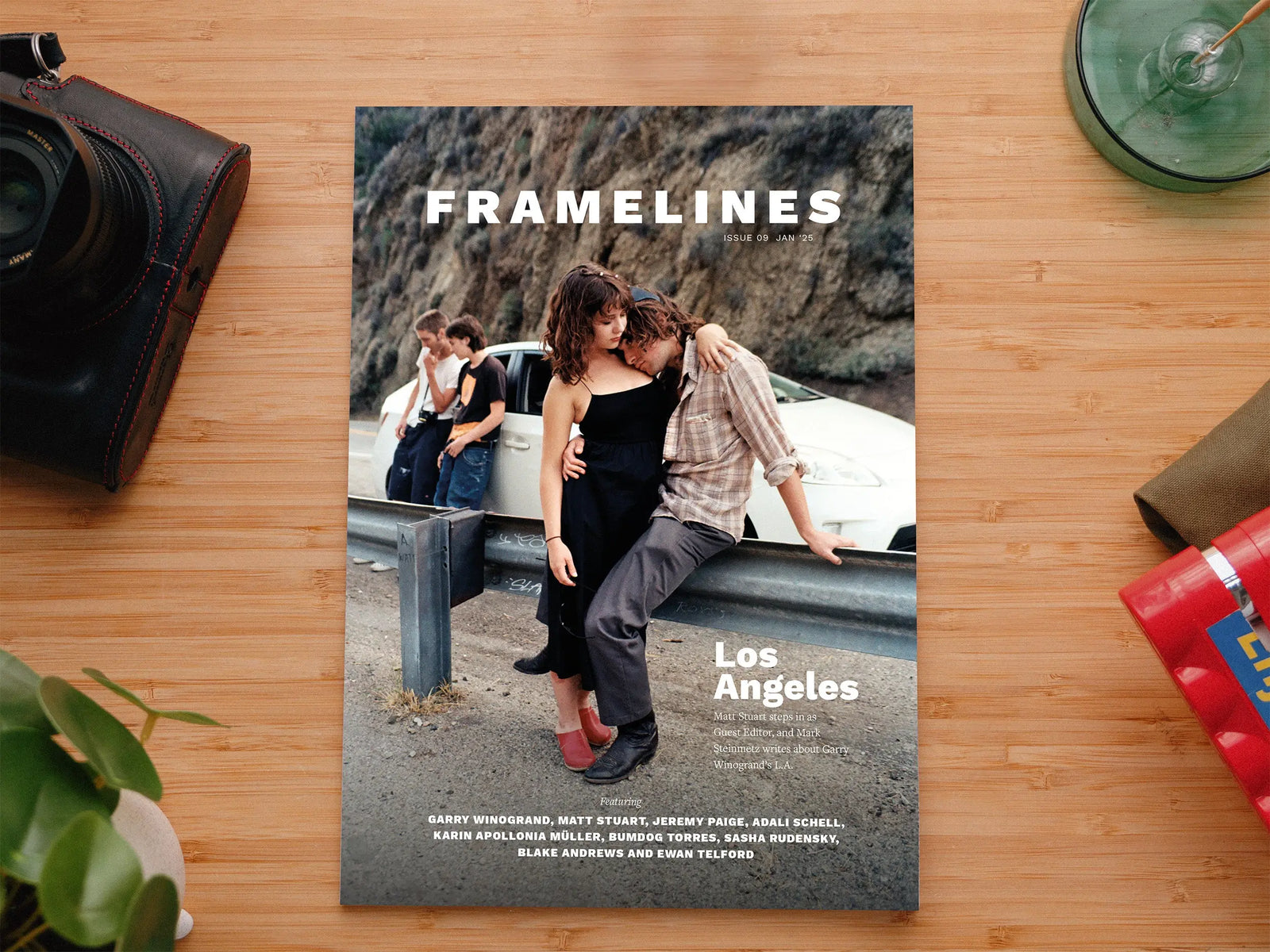
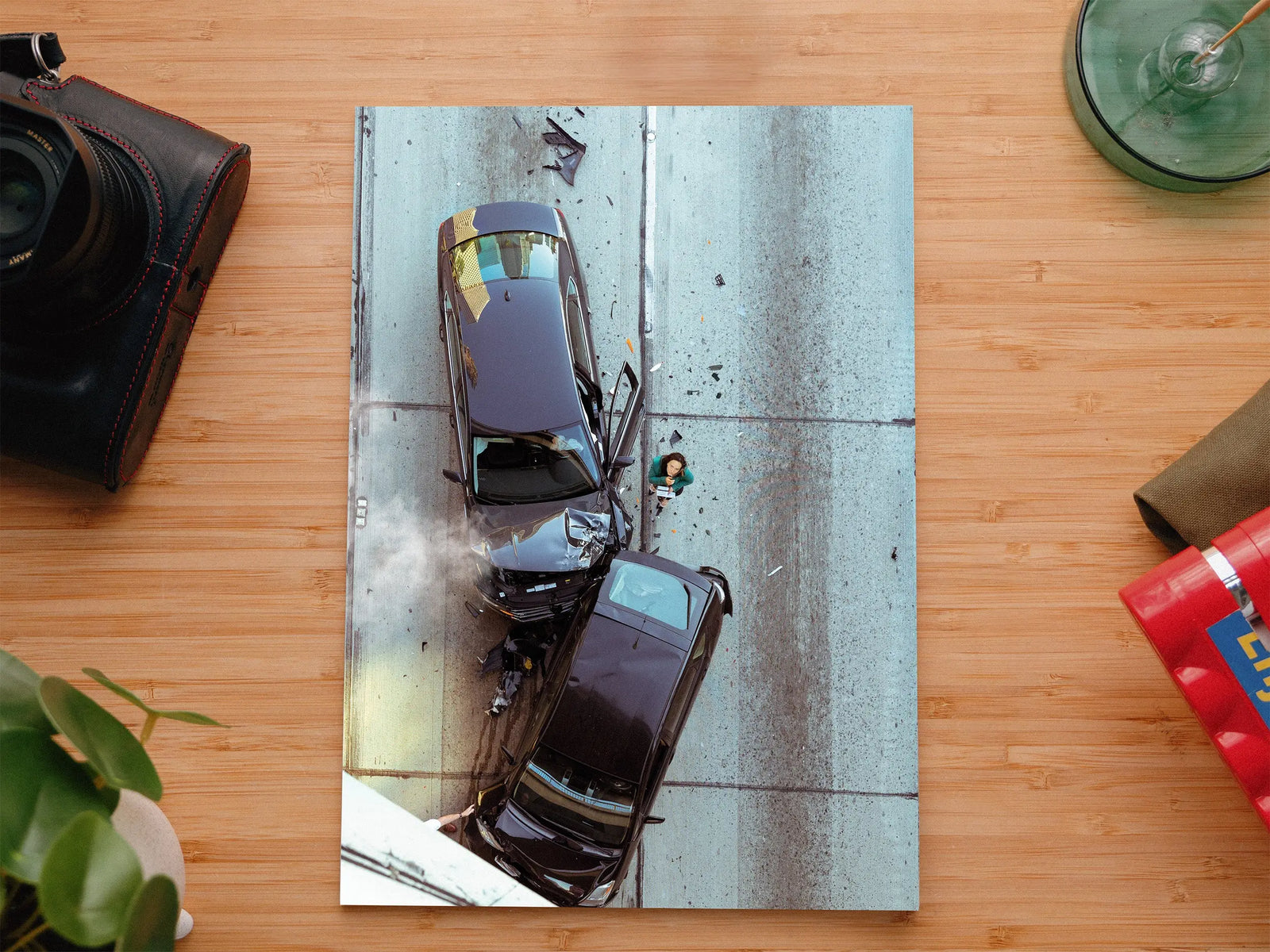

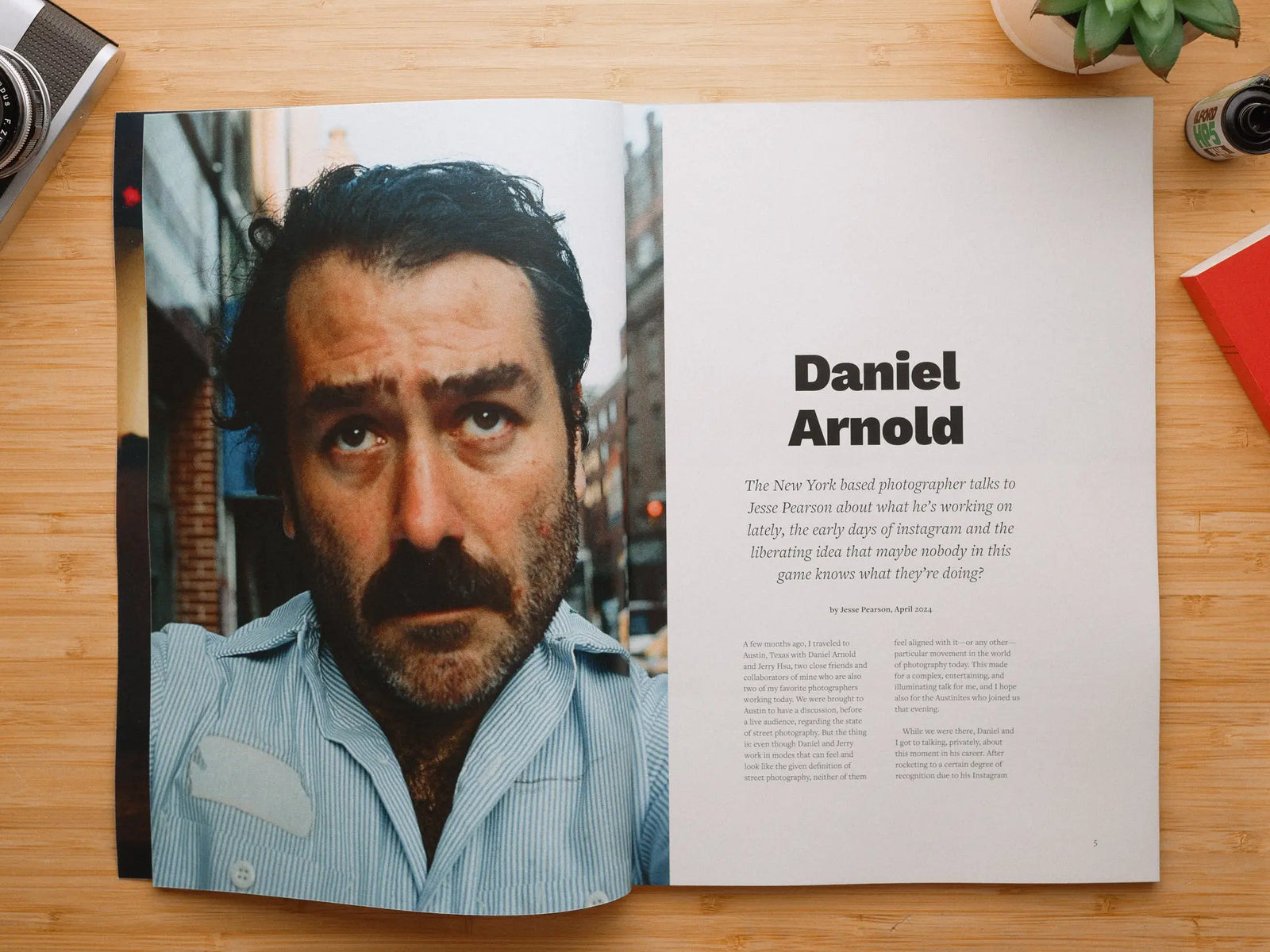
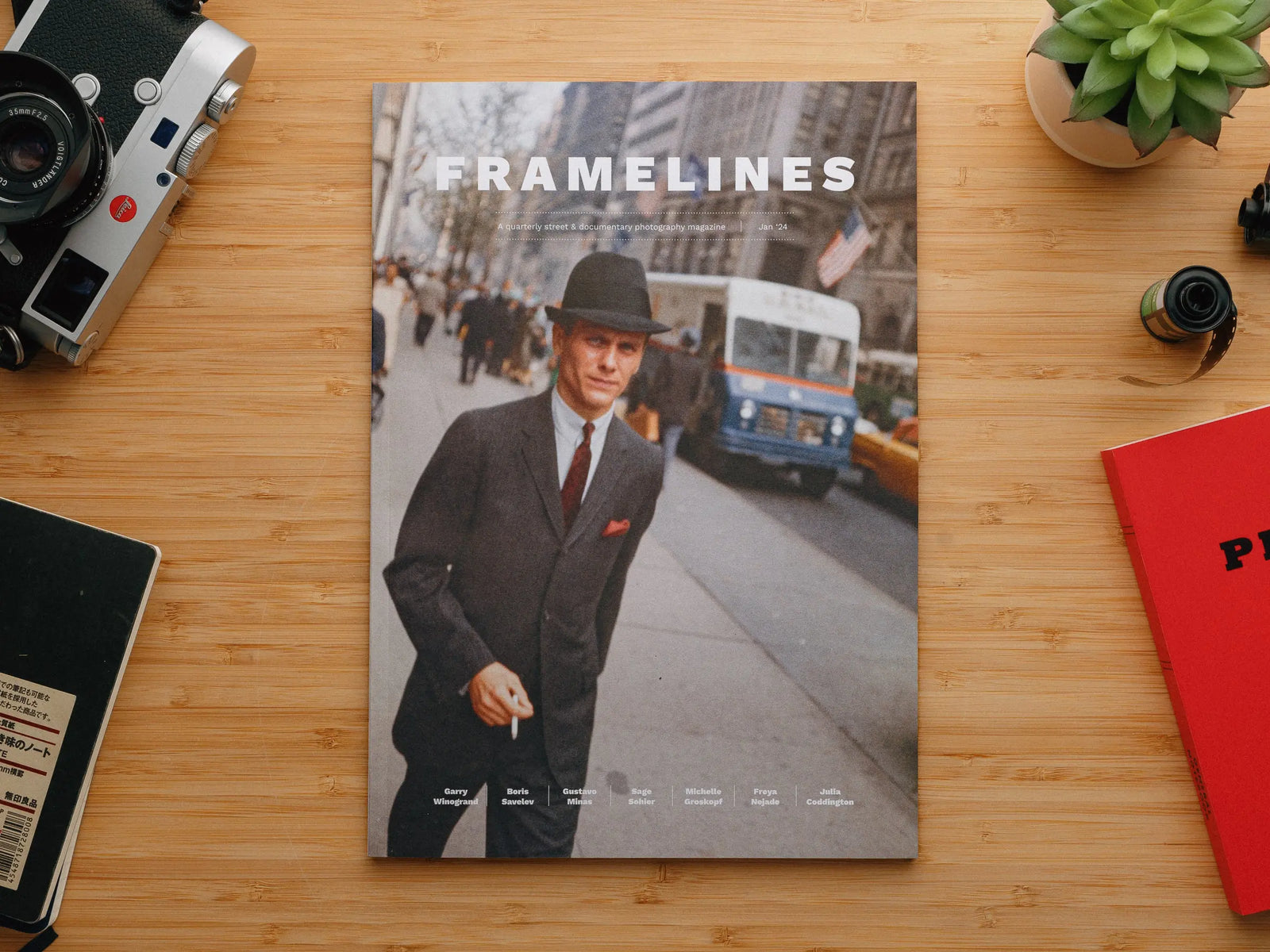

Leave a comment (all fields required)